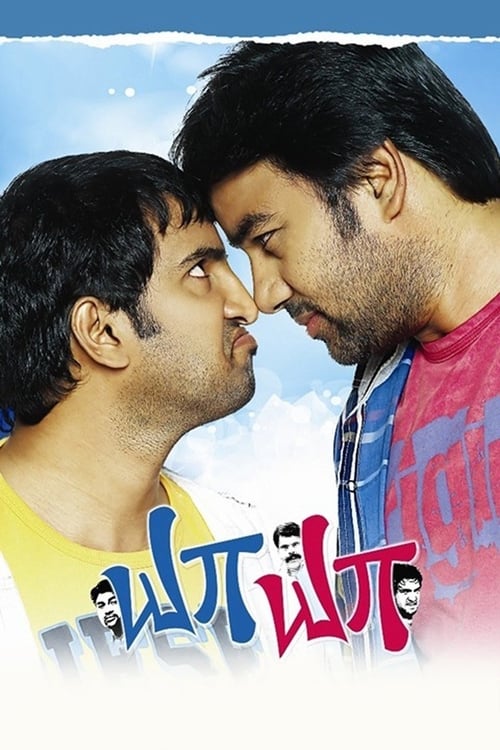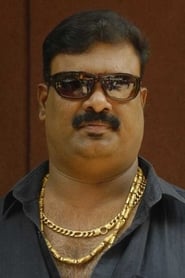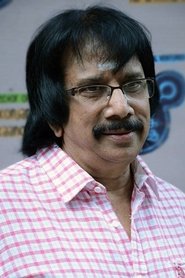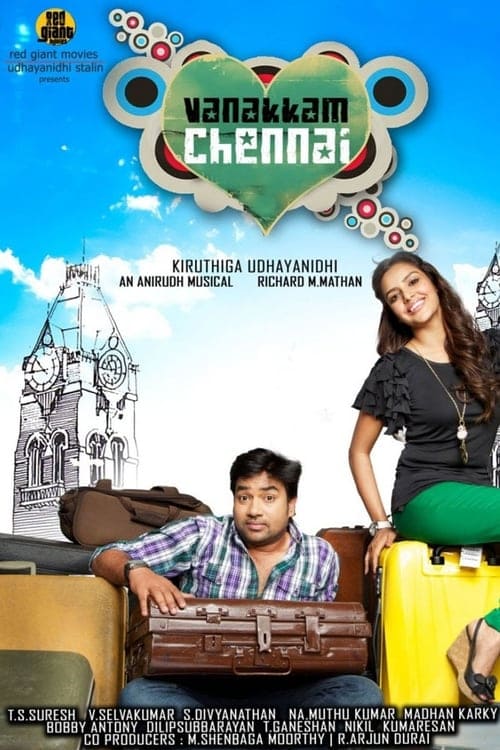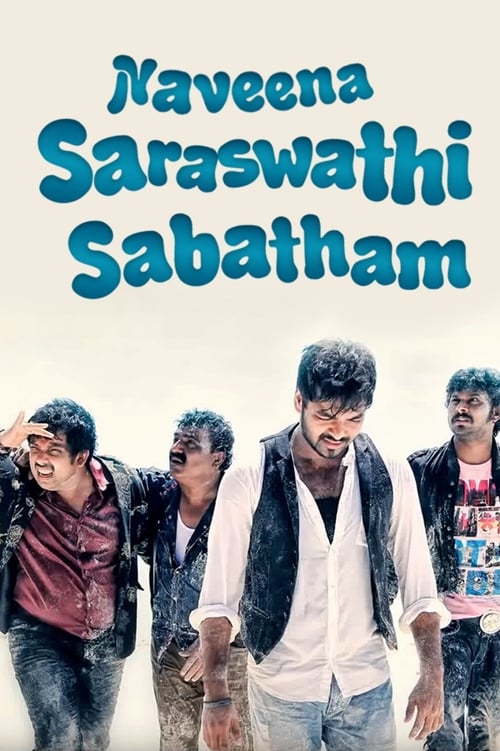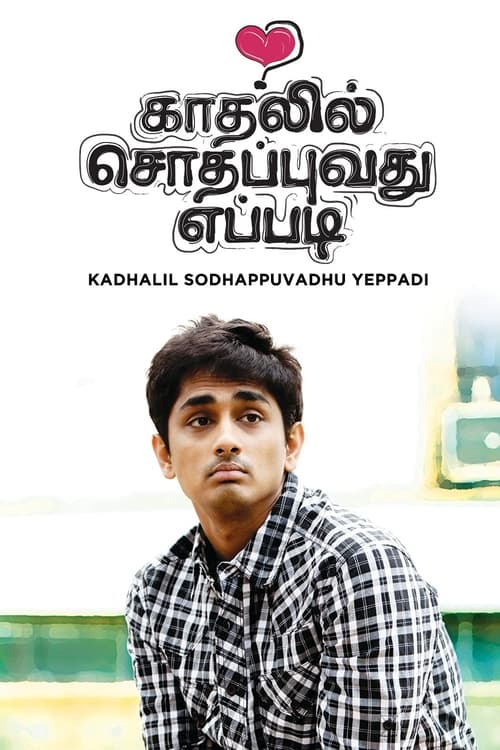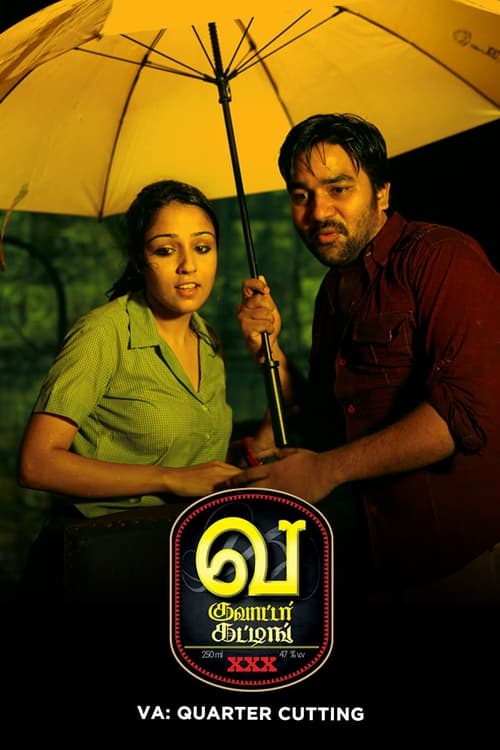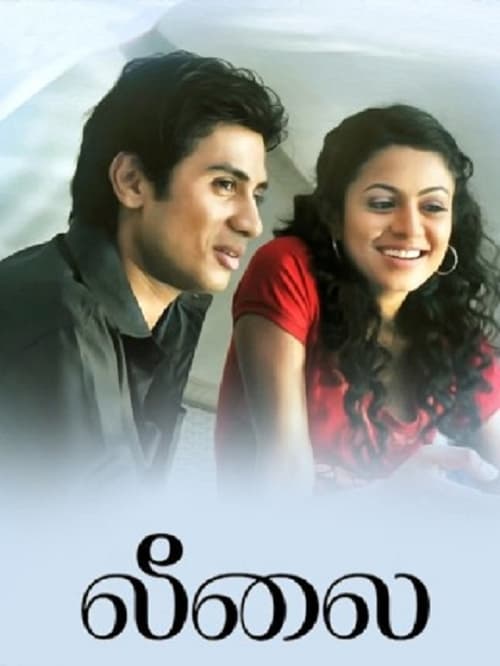No Image
Ask Your Own Question
What is the plot?
The story of Ya Yaa (2013) opens in a lively Tamil town where two inseparable friends, Ramarajan and Rajkiran, prefer to go by the nicknames Dhoni and Sehwag, after famous cricketers. They are young men with no ambition beyond idling away their days, drinking, and teasing girls. Dhoni, played by Shiva, lounges on a street corner with his best friend Sehwag, played by Santhanam, joking about their lack of jobs. Dhoni confesses with a lazy grin, "Government job is my dream, but I don't want to work for it," capturing his contradictory desire for security without effort. Their friendship is tight but marked by mischievous schemes and playful banter, as Sehwag quips, "We are Dhoni and Sehwag, not Ramarajan and Rajkiran," a running joke that lightens their aimless existence.
Into this carefree world enters Seetha (Dhanshika), a simple and innocent young woman who captures Dhoni's heart. He is smitten, often seen stealing glances at her in the neighborhood or at her modest home. Meanwhile, Aishwarya (Sandhya), a much older woman from a wealthier background, openly declares her infatuation with Dhoni at a social gathering. Her boldness is unsettling to Dhoni and others alike, but her desire to marry him is unwavering. Kanaka (Devadarshini), Dhoni's maternal uncle's daughter and a police constable, also figures into the story. Though their families hope Dhoni and Kanaka will marry, neither is interested, and Kanaka is often seen in her uniform, trying to avoid Dhoni's advances.
The central hangout for Dhoni and Sehwag is a small street corner in their neighborhood, where they hatch plans and indulge in their carefree lifestyle. Seetha's home, a modest family house nearby, becomes a key setting for emotional confrontations. Aishwarya's affluent home contrasts sharply, filled with money and gifts she uses to manipulate others. Kanaka's police station workplace provides minor comedic relief, while Beerpal's secluded hideout in a rural area becomes the scene for the film's climactic kidnapping and confrontation.
As Dhoni pursues Seetha, Aishwarya grows jealous and desperate. She bribes Sehwag with money to sabotage Dhoni and Seetha's budding romance. Sehwag, motivated by greed and mischief, arranges for some of Dhoni's sister's friends to pose as his lovers, planting rumors that Dhoni is unfaithful. Seetha, heartbroken and betrayed, confronts Dhoni with tears in her eyes, accusing him of cheating. Dhoni, hurt and confused, retorts bitterly, calling her the "accused no. 1" who cheated him emotionally. This confrontation shatters their relationship, and Seetha walks away, devastated.
The betrayal cuts deep, and Dhoni soon discovers that Sehwag orchestrated the entire scheme under Aishwarya's influence. Feeling deeply betrayed, Dhoni confronts Sehwag in a heated argument, ending their friendship. "How could you do this to me, Sehwag? For money?" Dhoni demands, his voice trembling with hurt and anger. Sehwag, caught off guard but unapologetic, shrugs off the accusation, leaving Dhoni to nurse his wounds alone.
However, the truth does not stay hidden for long. Seetha overhears a conversation revealing the entire plot and rushes to tell Dhoni. This revelation rekindles hope between them, but the damage lingers. Meanwhile, Aishwarya, refusing to give up, attempts to kidnap Seetha to remove her from Dhoni's life permanently. The plan goes awry when Beerpal (Ilavarasu), a rejected suitor of Aishwarya nursing a grudge, mistakes Aishwarya for Seetha and kidnaps her instead. Beerpal's hideout, a remote rural location, becomes the stage for a tense confrontation. Beerpal confronts Aishwarya, bitterly revealing his motive: "You rejected me, and now I'll make you pay."
The kidnapping plot thickens the tension, but no deaths occur in the film. The story remains a comedy-drama focused on misunderstandings and emotional turmoil rather than violence. The confrontation ends with Beerpal agreeing to marry Aishwarya, resolving his vendetta and her obsession with Dhoni in one stroke.
Meanwhile, Dhoni disappears from home, causing Seetha to spiral into guilt and despair. She fears he may have committed suicide, haunted by their fractured relationship. Varadharajan, a family elder, searches frantically for Dhoni, adding to the mounting tension. The emotional weight of Dhoni's absence and Seetha's guilt builds toward the climax.
Dhoni's return is both surprising and relieving. He reveals that he had been away to arrange the marriage between Aishwarya and Beerpal, bringing closure to the kidnapping subplot. This act shows Dhoni's maturity and willingness to resolve conflicts peacefully. The wedding takes place in a traditional Tamil hall, decorated with vibrant colors and bustling with guests, symbolizing new beginnings.
In a final, emotionally charged scene, Dhoni scolds Seetha alone, expressing his frustration and love. Seetha misinterprets his harsh words and, in a moment of anguish, urges him to commit suicide, a dramatic misunderstanding that underscores their complex feelings. Dhoni quickly clarifies, "I only want you to understand how much you mean to me," dissolving the tension.
The film concludes with reconciliation and celebration. Dhoni and Sehwag mend their friendship, acknowledging their mistakes and the value of their bond. Dhoni reunites with Seetha, and the two couples--Dhoni with Seetha, Sehwag with Kanaka--are shown happily together. The final scene depicts the friends and their lovers celebrating, laughter and music filling the air, emphasizing themes of friendship, love, and forgiveness.
Throughout Ya Yaa, the narrative flows from lighthearted comedy to emotional drama, with vivid scenes of friendship tested by betrayal, love challenged by jealousy, and misunderstandings resolved through truth and compassion. The film's urban Tamil backdrop, from street corners to family homes and police stations, grounds the story in relatable settings, while the characters' dialogues--such as Dhoni's dream of a government job he doesn't want to work for, or Sehwag's cheeky cricket references--add humor and cultural texture.
No characters die, and all conflicts resolve with understanding rather than violence. The story's twists--Sehwag's betrayal, the mistaken kidnapping, and the ultimate marriage between Aishwarya and Beerpal--drive the plot to a satisfying conclusion where love and friendship triumph over deceit and misunderstanding.
What is the ending?
In the ending of "Ya Yaa," the main characters confront their personal struggles and relationships, leading to a resolution that emphasizes the importance of friendship and understanding. The film concludes with a sense of hope as the characters find a way to move forward together.
As the final act unfolds, the atmosphere is charged with tension. The protagonist, who has been grappling with feelings of betrayal and loss, stands at a crossroads. The weight of their decisions hangs heavily in the air, and the emotional stakes are palpable.
Scene by scene, the climax begins with a confrontation between the protagonist and their closest friend. The setting is a dimly lit room, filled with remnants of their shared past--photos, mementos, and echoes of laughter. The protagonist's voice trembles with a mix of anger and hurt as they express their feelings of abandonment. The friend, visibly shaken, tries to explain their actions, revealing a deeper layer of vulnerability. This moment is raw, filled with unspoken words and lingering glances that speak volumes about their bond.
As the tension escalates, the other characters, who have been observing from the sidelines, step in to mediate. Each character brings their own perspective, sharing their experiences and how they have been affected by the unfolding drama. The dialogue is intense, with emotions running high, as they each take turns revealing their fears and regrets. The room becomes a crucible of emotions, where misunderstandings are laid bare, and the characters are forced to confront their own shortcomings.
In a pivotal moment, the protagonist breaks down, tears streaming down their face as they realize the depth of their friends' loyalty despite the pain. This cathartic release serves as a turning point, allowing the group to reconnect on a deeper level. The friend, too, sheds their defenses, admitting their mistakes and expressing a desire to make amends. The atmosphere shifts from one of conflict to one of reconciliation, as the characters begin to understand each other's motivations.
The final scenes depict the characters coming together, united by their shared experiences. They engage in a symbolic act--perhaps a gathering at a familiar place that holds significance for them all. Laughter returns, and the warmth of friendship envelops them, suggesting that while their journey has been fraught with challenges, they have emerged stronger together.
As the credits roll, the fate of each main character is revealed. The protagonist finds a renewed sense of purpose, ready to embrace the future with their friends by their side. The friend who caused the rift learns the value of honesty and communication, vowing to be more open in the future. The supporting characters, who played crucial roles in the resolution, also find their own paths to healing, reinforcing the film's message about the power of friendship and understanding in overcoming adversity.
In the end, "Ya Yaa" leaves the audience with a sense of hope, illustrating that even in the face of conflict, the bonds of friendship can prevail, leading to personal growth and a brighter tomorrow.
Is there a post-credit scene?
In the movie "Ya Yaa," produced in 2013, there is indeed a post-credit scene. After the main credits roll, the scene opens with a light-hearted atmosphere, contrasting the more serious themes explored throughout the film.
The camera pans to a bustling street where a group of friends, who are central to the story, are seen engaging in playful banter. They are laughing and reminiscing about their adventures, showcasing their strong bond and the camaraderie that has developed over the course of the film.
As they walk, one of the characters suddenly spots a stray dog, and the group collectively decides to adopt it, symbolizing their commitment to caring for one another and extending their family. The scene captures their joy and excitement, with the dog wagging its tail, embodying the theme of friendship and loyalty that runs throughout the film.
The post-credit scene serves as a light-hearted conclusion, leaving the audience with a sense of hope and warmth, reinforcing the idea that despite the challenges faced, the characters have found a way to support each other and embrace new beginnings.
What motivates the main character, Karthik, throughout the film?
Karthik, portrayed as a passionate and ambitious young man, is primarily motivated by his desire to prove himself and achieve success in his career. His journey is marked by a longing for acceptance and recognition, both from his peers and his family. As he navigates the challenges of love and friendship, his internal struggle between personal ambition and emotional connections drives much of the narrative.
How does the relationship between Karthik and his love interest, Meera, develop?
Karthik's relationship with Meera begins with a chance encounter that sparks an instant attraction. As they spend more time together, their bond deepens, revealing layers of vulnerability and shared dreams. However, their relationship faces obstacles, including misunderstandings and external pressures, which test their commitment to each other. The emotional highs and lows of their romance are depicted through intimate conversations and poignant moments that highlight their chemistry.
What role do Karthik's friends play in the story?
Karthik's friends serve as both a support system and a source of conflict throughout the film. They represent different perspectives on life and ambition, often challenging Karthik's choices and pushing him to confront his fears. Their camaraderie is depicted through lively interactions and shared experiences, but they also introduce tension when their differing priorities clash with Karthik's aspirations, ultimately influencing his decisions and growth.
What challenges does Karthik face in his career, and how does he overcome them?
Karthik encounters several challenges in his career, including fierce competition, self-doubt, and the pressure to meet expectations. These obstacles are depicted through intense scenes of professional setbacks and moments of introspection. His journey to overcome these challenges involves seeking guidance from mentors, learning from failures, and gradually building resilience. The film illustrates his transformation as he learns to balance ambition with personal relationships.
How does the film portray the theme of friendship through Karthik's interactions?
The theme of friendship is intricately woven into Karthik's interactions with his friends, showcasing both the joys and complexities of their relationships. The film highlights moments of loyalty, humor, and camaraderie, as well as the strains that arise when personal ambitions conflict with group dynamics. Through various scenes, the audience witnesses the evolution of these friendships, emphasizing the importance of support and understanding in navigating life's challenges.
Is this family friendly?
"Ya Yaa," produced in 2013, is a film that contains several elements that may not be suitable for children or sensitive viewers. Here are some potentially objectionable or upsetting aspects:
-
Violence: The film includes scenes of physical altercations and confrontations that may be intense or distressing for younger audiences.
-
Emotional Turmoil: Characters experience significant emotional struggles, including themes of betrayal, loss, and conflict, which may be heavy for sensitive viewers.
-
Mature Themes: The narrative explores complex relationships and societal issues that may not be easily understood by children, including themes of loyalty and sacrifice.
-
Language: There may be instances of strong language or dialogue that could be inappropriate for younger viewers.
-
Romantic Elements: The film includes romantic subplots that may involve mature situations or discussions that are not suitable for children.
These elements contribute to a tone that may be more appropriate for older teens and adults rather than a family-friendly viewing experience.

